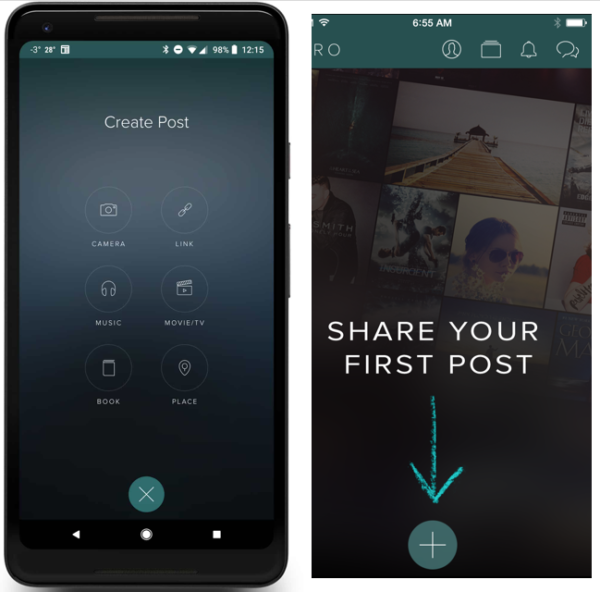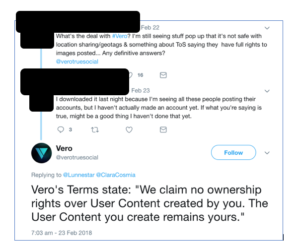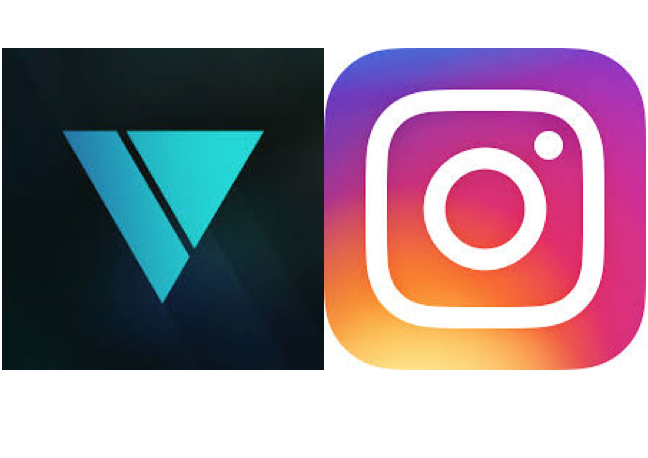Vero was launched in 2016 with high hopes to create a new type of social media that “…makes user privacy easier to understand”. With Vero you are able to share content with close family and friends but have the option to make some content private.
Despite strong competition from brands such as Facebook and Instagram, in 2018 Vero appears to be converting IG users to their platform mainly because they use a chronological posts algorithm, unlike Instagram which moved away from chronological posts in 2016, and have not moved back, despite criticism from many creatives, companies and bloggers.
When they partnered with GQ, Vero put out a statement saying they were “advertisement free,” and “ putting the control back into the hands of the user.”

However, the app that offered hope to social media savvy users is now at risk of becoming a thing of the past.
Unable to cope with the increased number of new users, Vero continues to crash. Users are having technical difficulties logging publishing and viewing content, and have not been afraid to complain about it on other platforms.
However Vero’s continuous updates via Twitter are somewhat reassuring compared with the silence users often get from their main competitor Instagram who show little sign of wanting to communicate with anyone who complains.



But although Vero continues to attract users with its chronological posting, what many of of these users don’t know is that if you are not one of the first million users then you will be faced with a subscription fee.
The Vero manifesto puts it this way: “As a thank you to our first million users, we are waiving their annual subscription fee, for life. New users after that will be asked for a small annual fee to join a social network they can hopefully feel good about. All our users will be treated equally – with the same access to the same features and functions” and “We waive our fee on charitable donations or when using our “Donate Now” feature.”

People have also questioned their Terms and Conditions, and Privacy Policy, as some users were confused by the Royalty Free and Advertisement Free part of the app as well as the fact that user images can be sold to third party organisations.
Again Vero responded quickly and professionally stating that: “We have updated both to clarify. We appreciate your trust.”
It seems that for now Vero have the customer service side of things covered, and are managing to get users to think more about why a subscription fee is necessary: to monetise the app and keep it clear from advertisements. But will this new method of social media stick or slip? Rising East will keep you posted.




